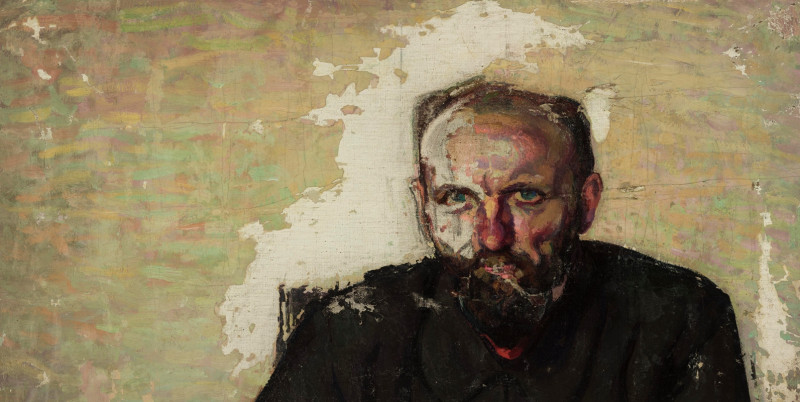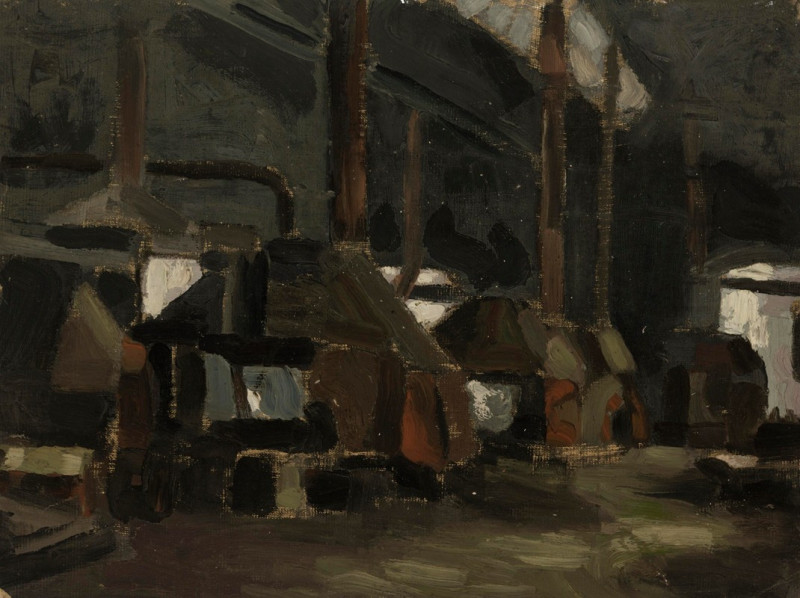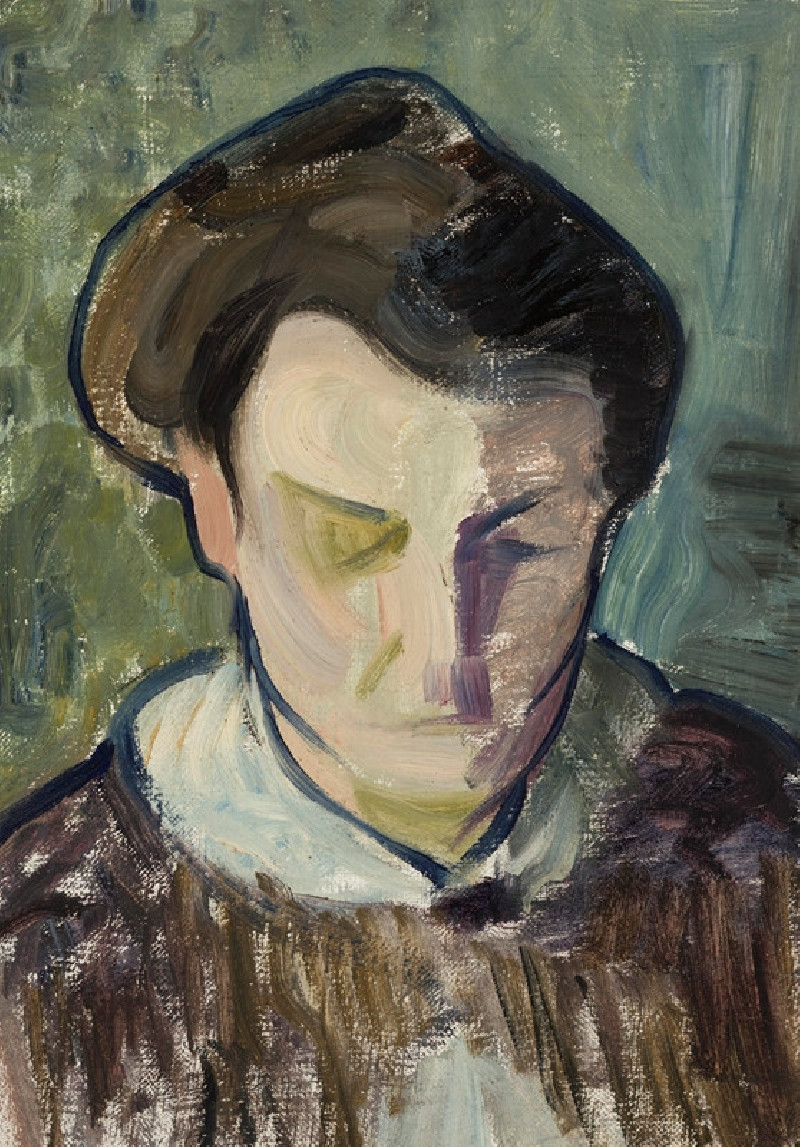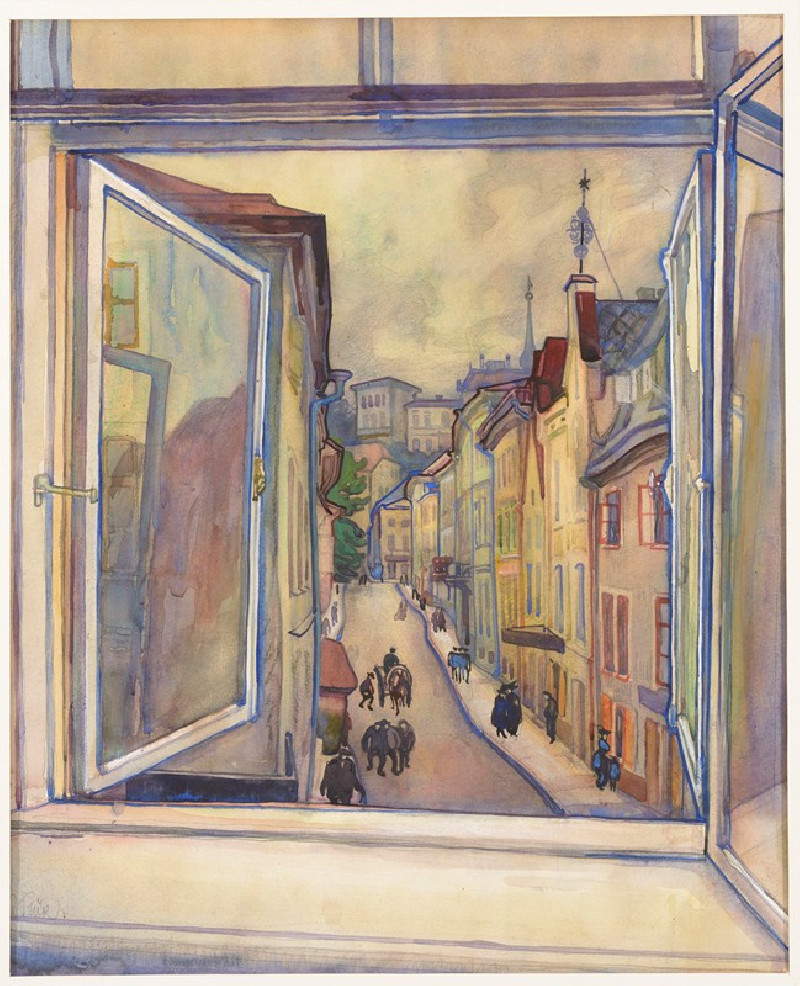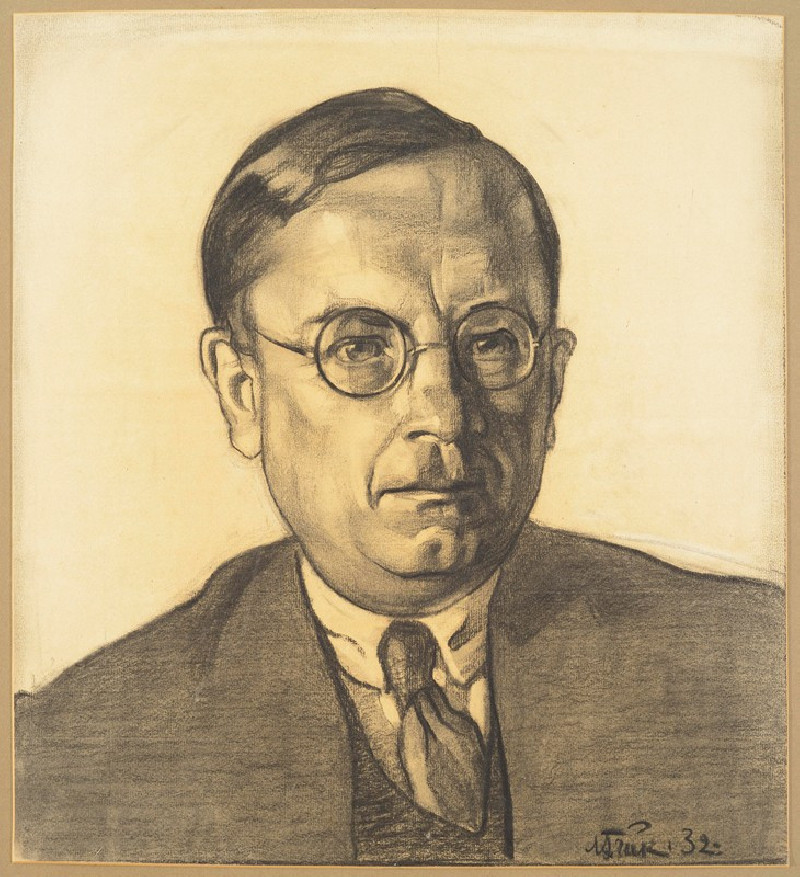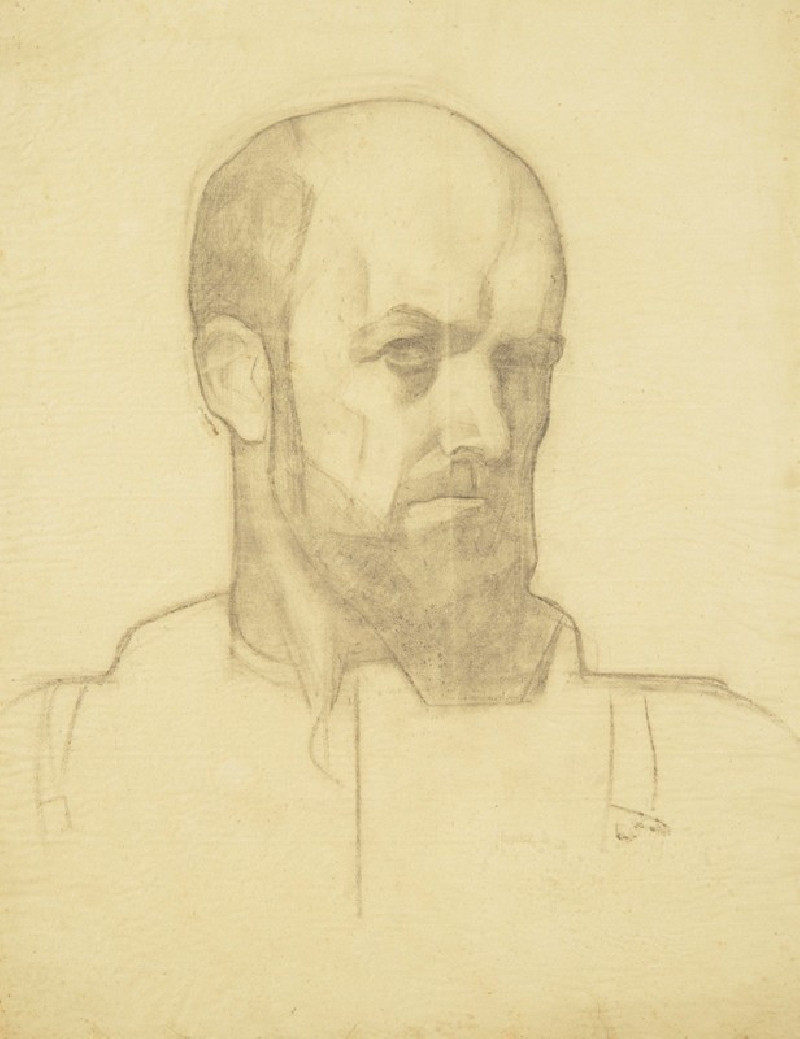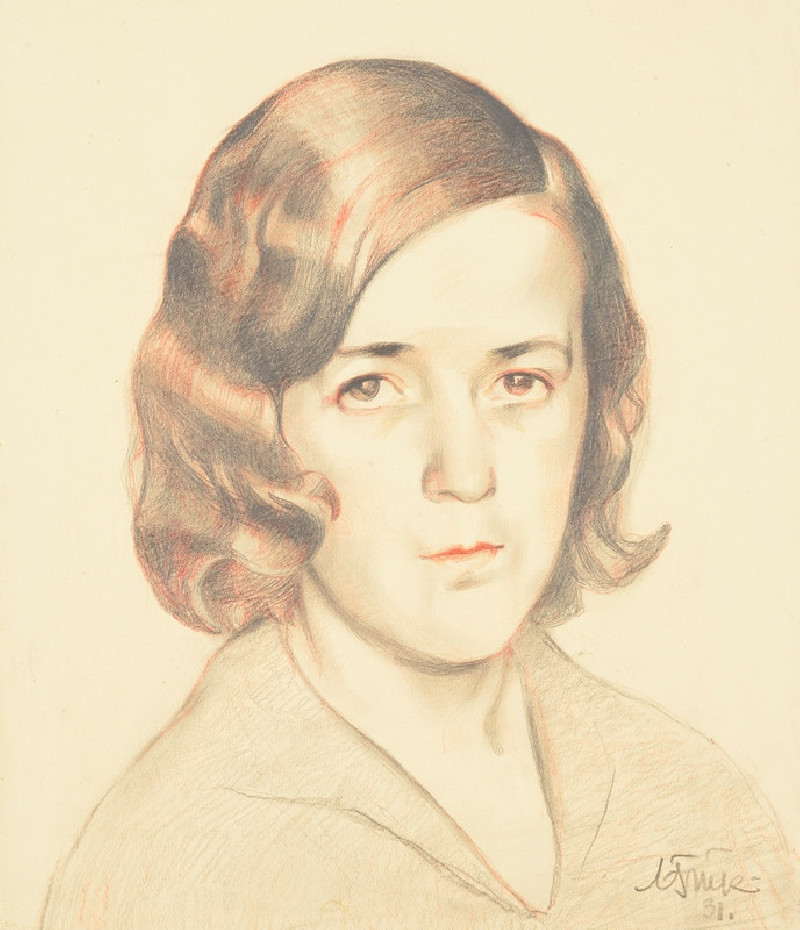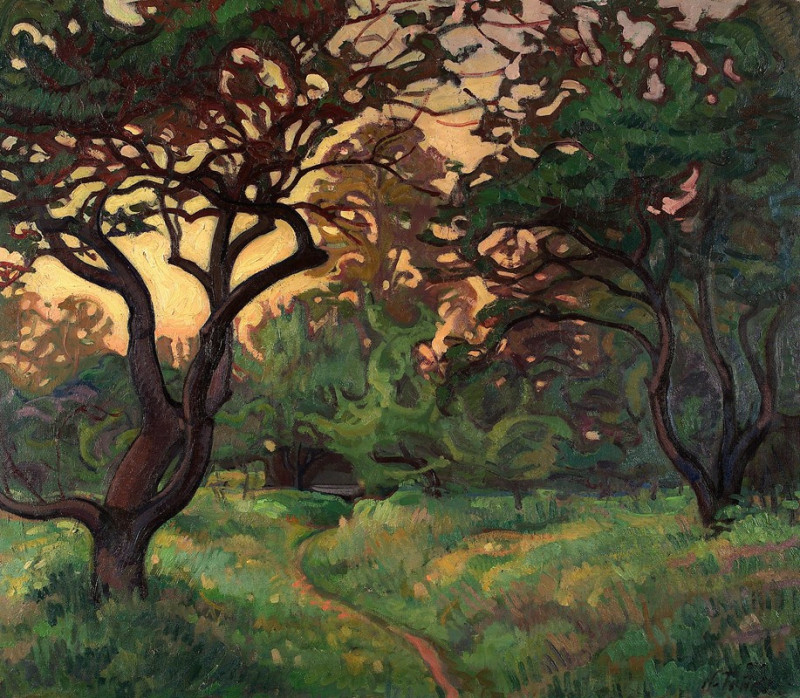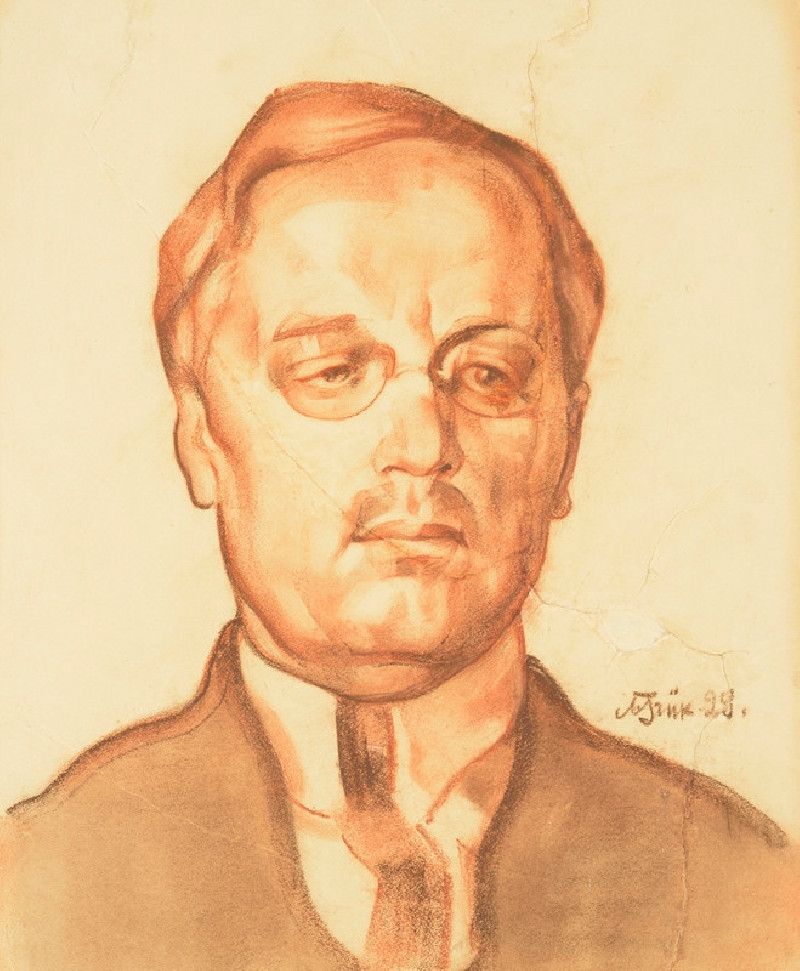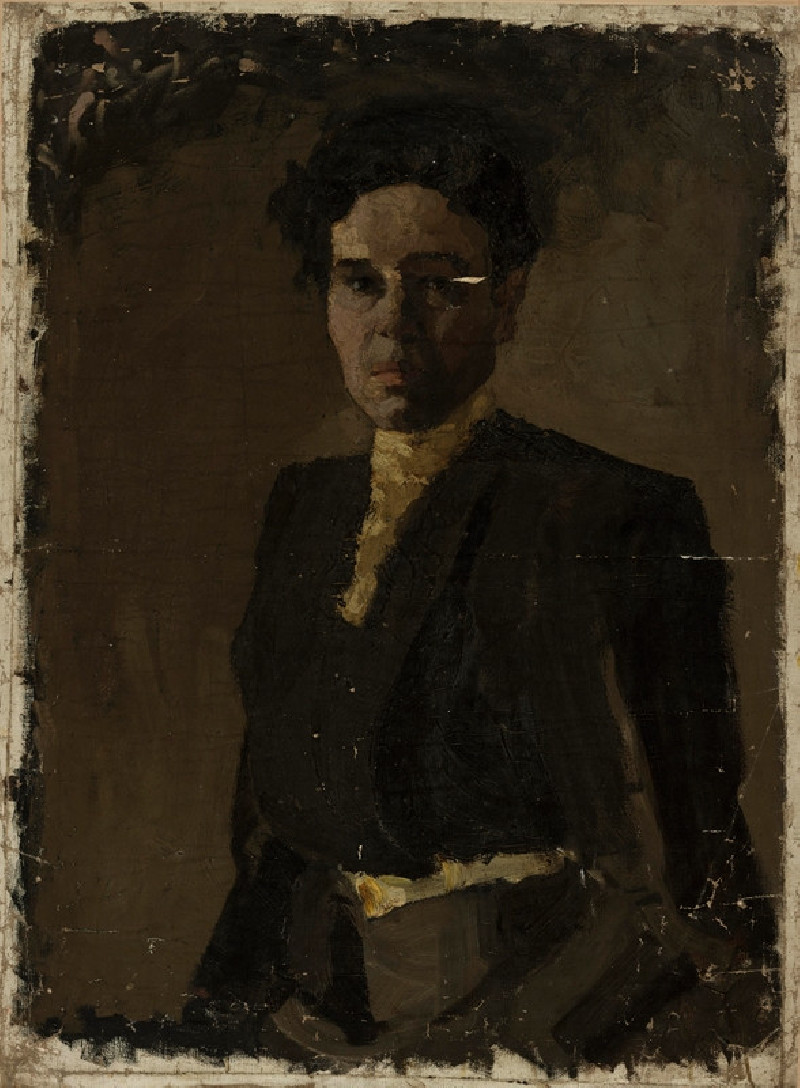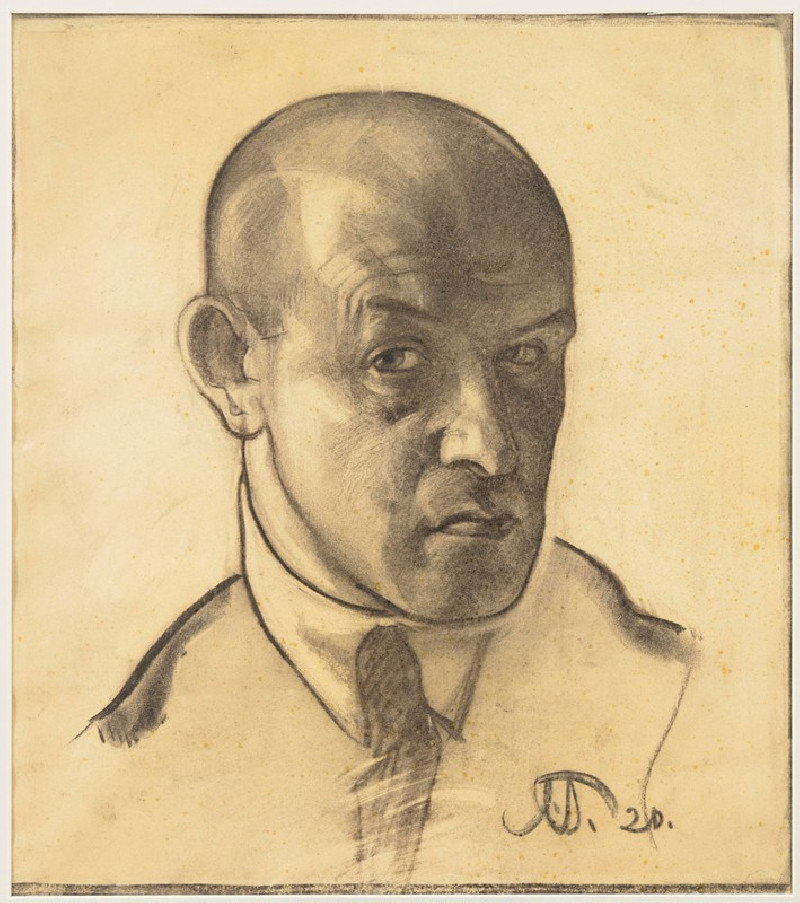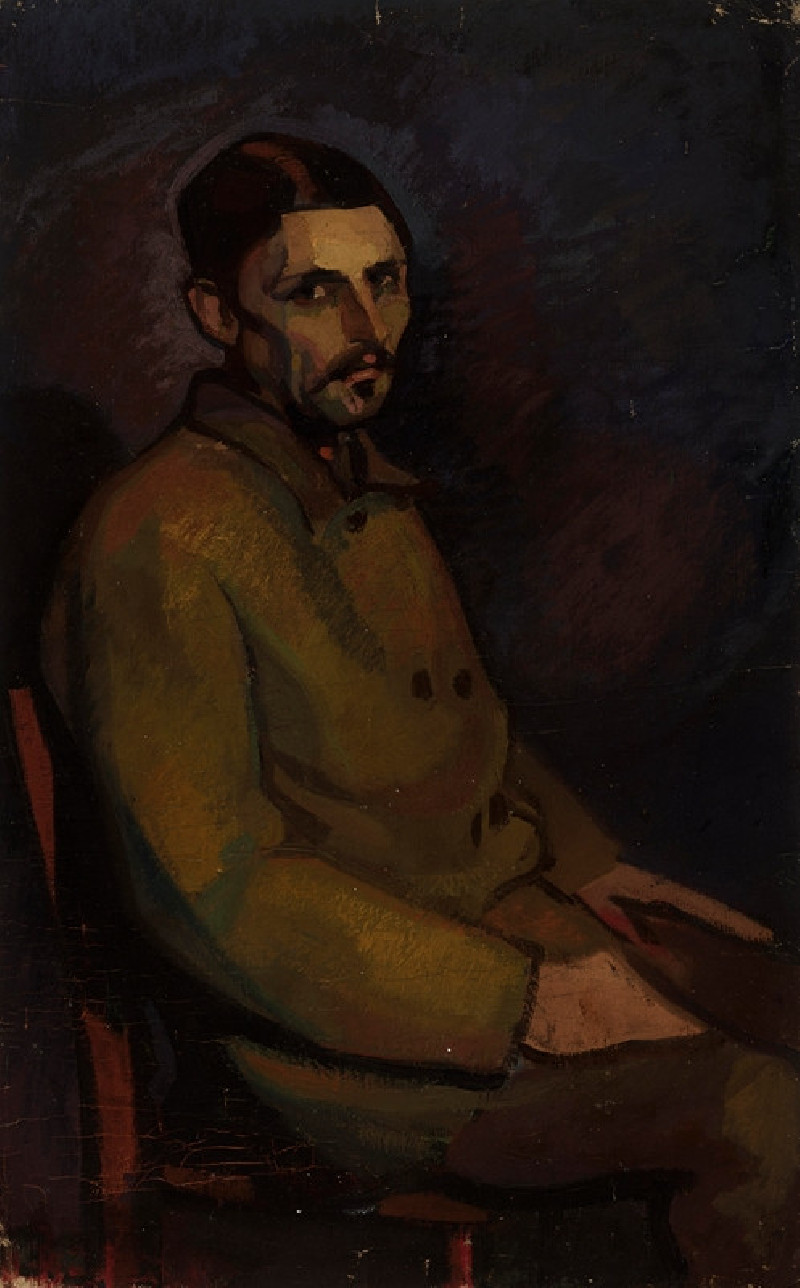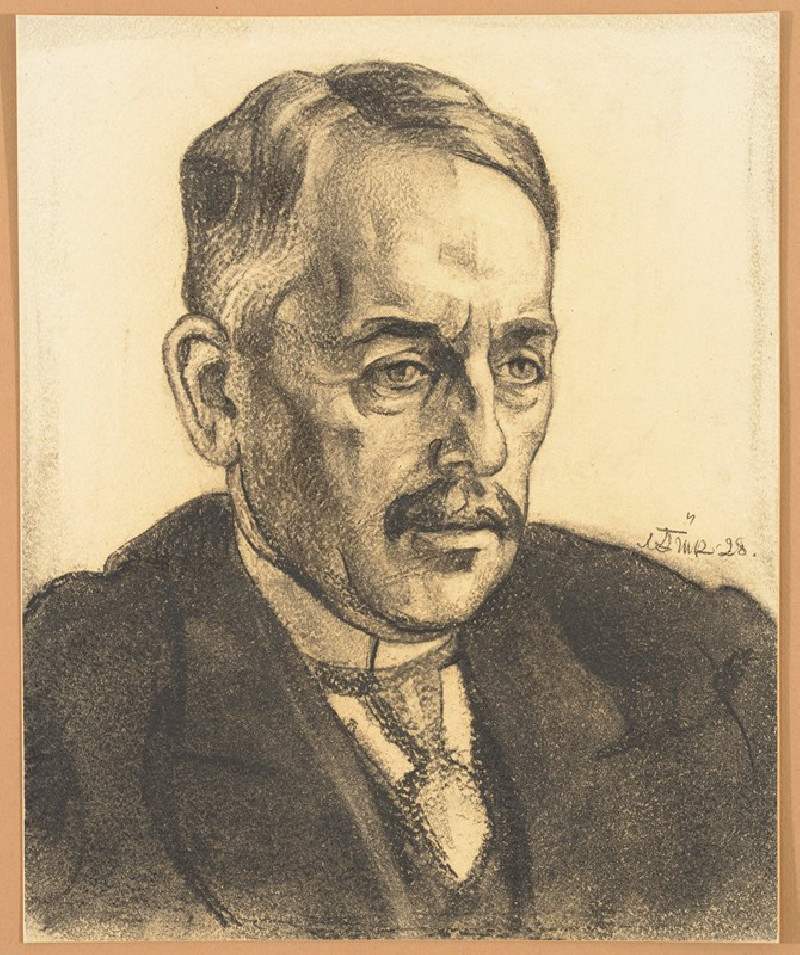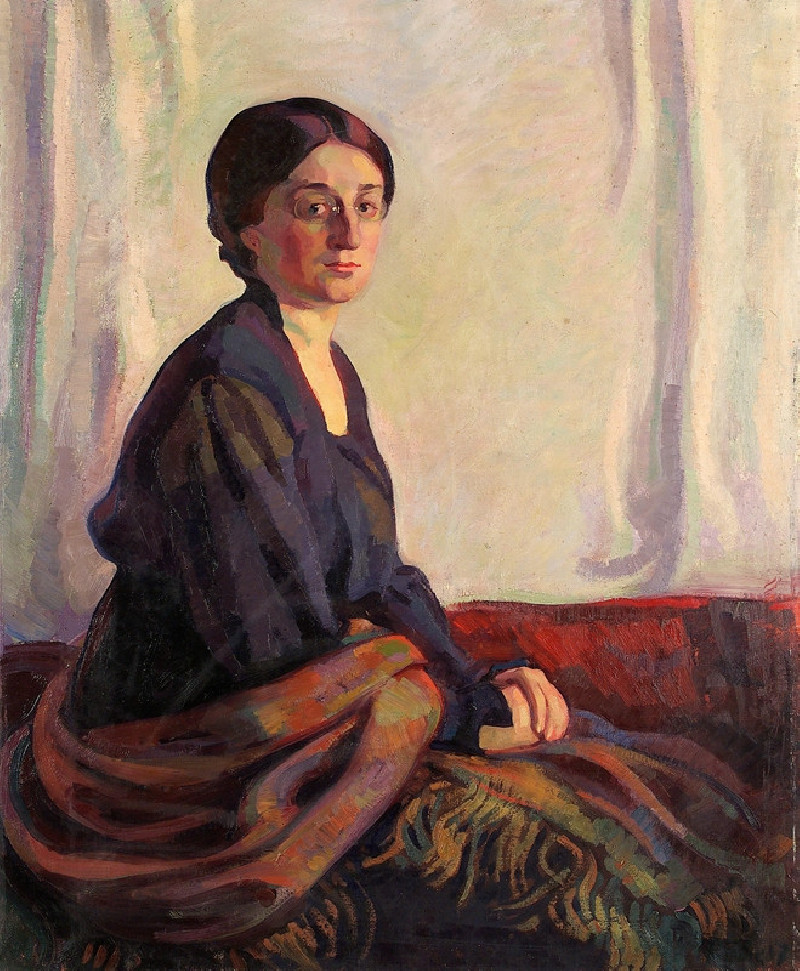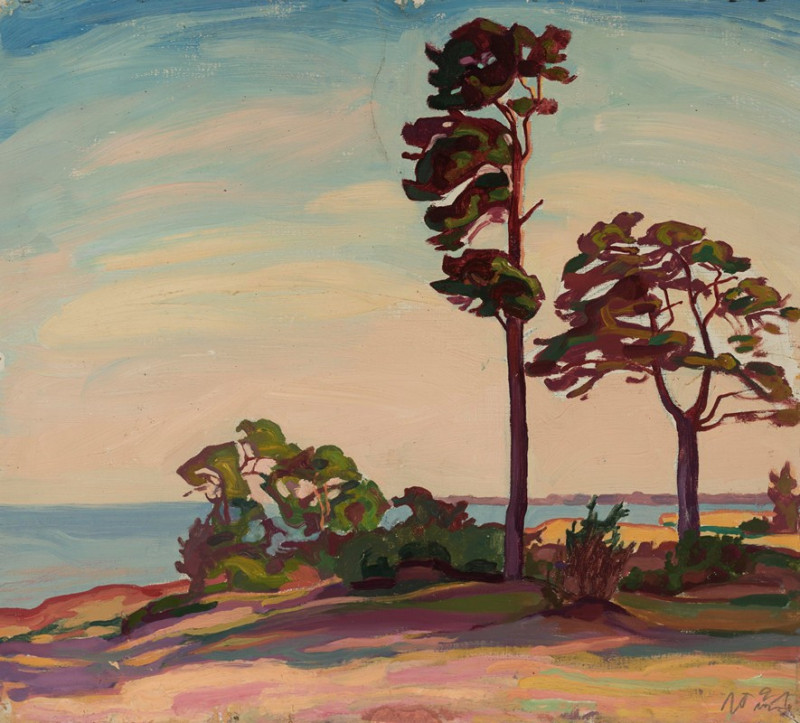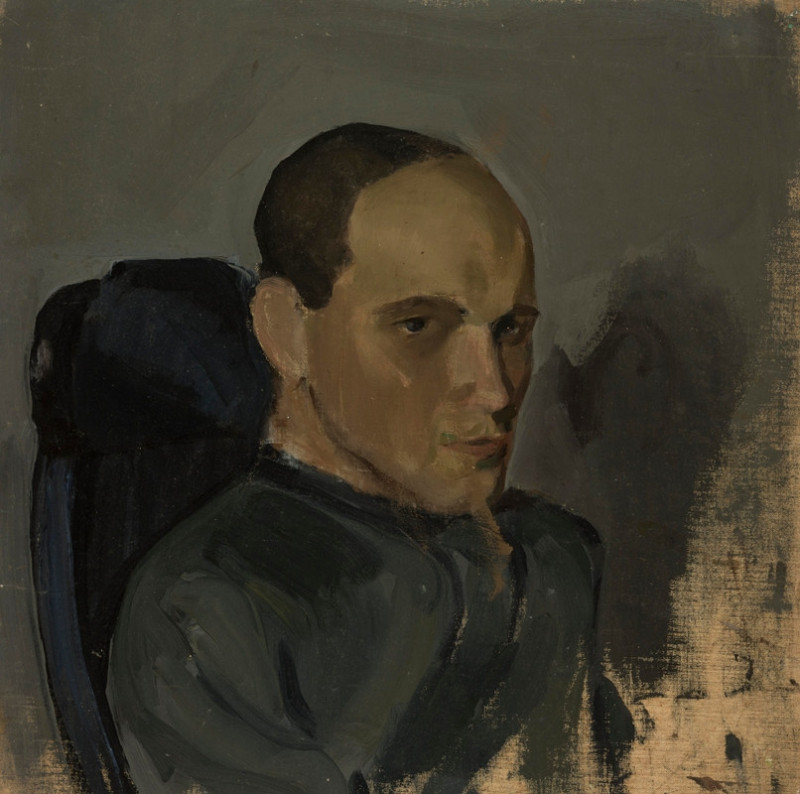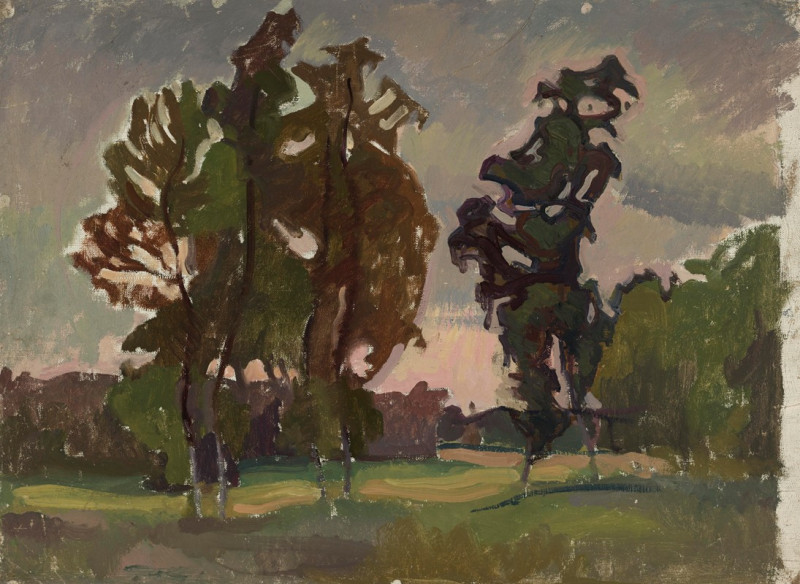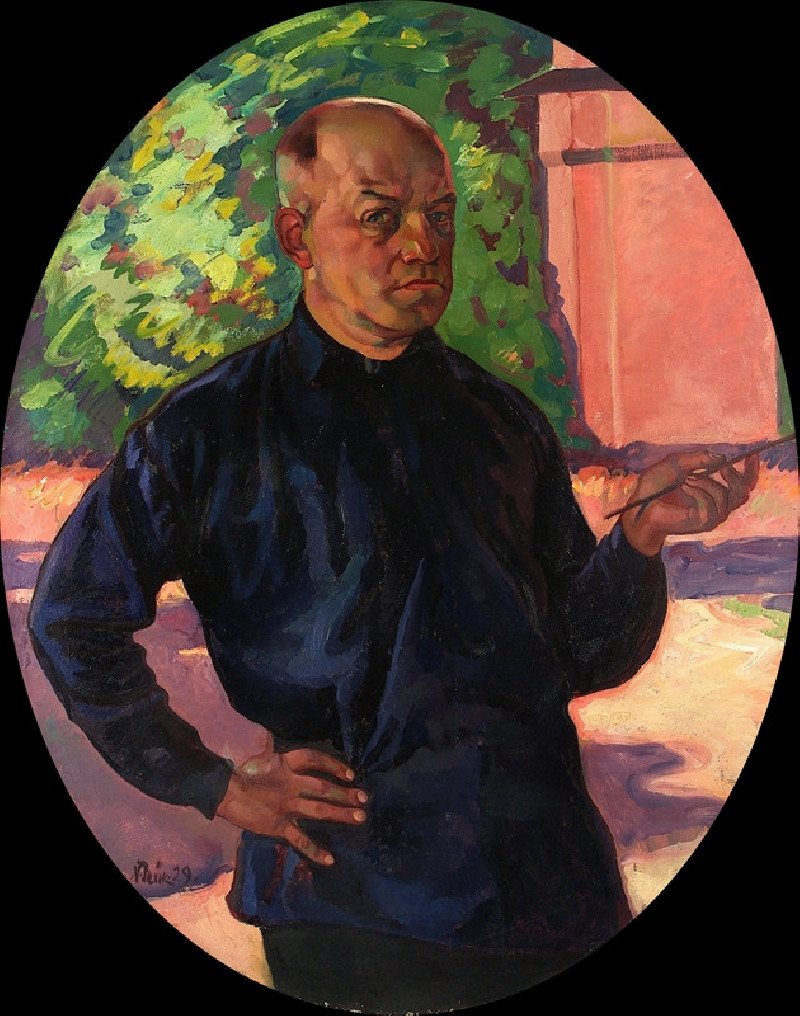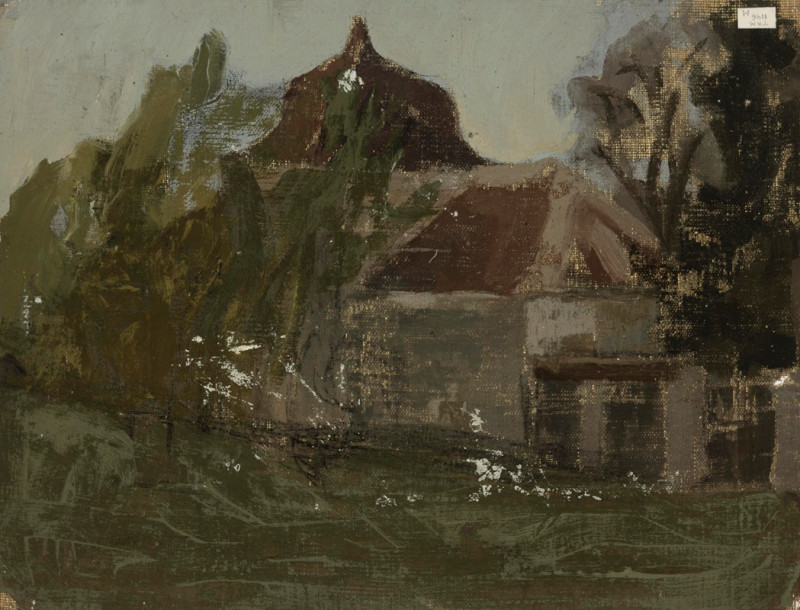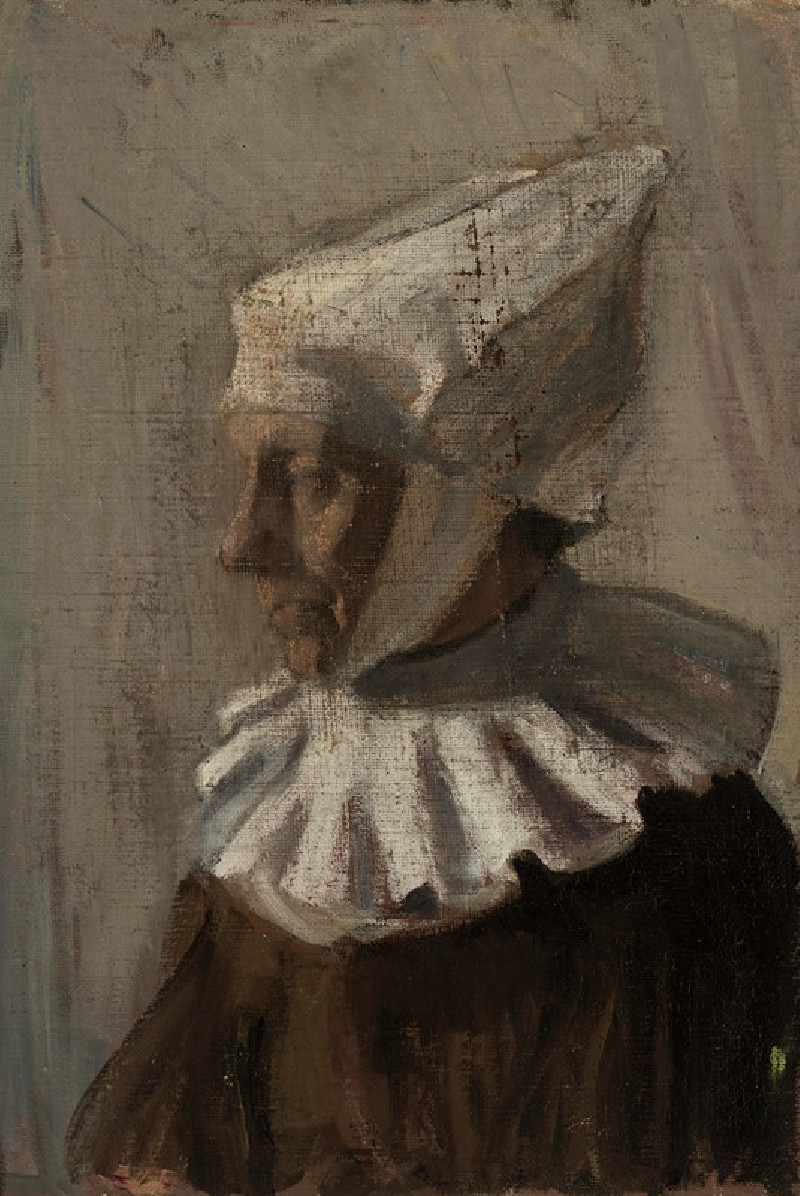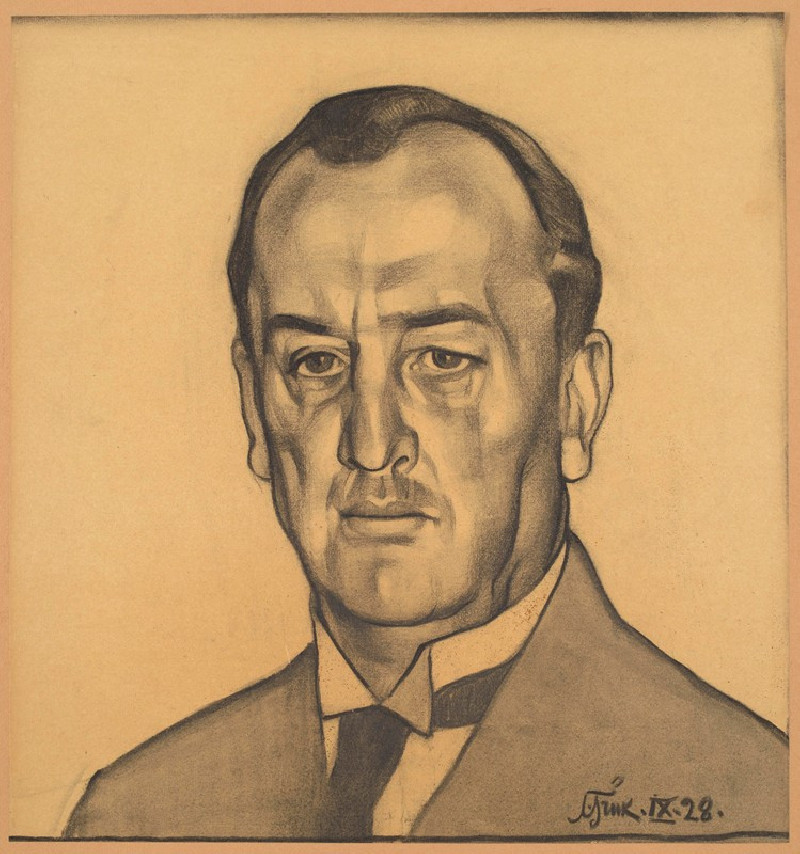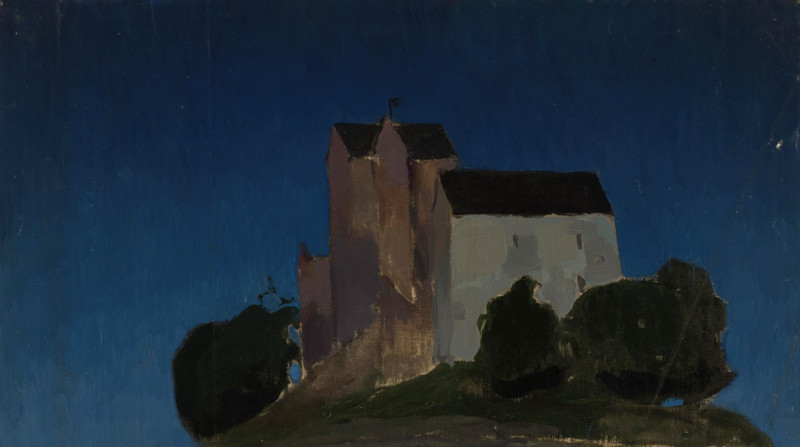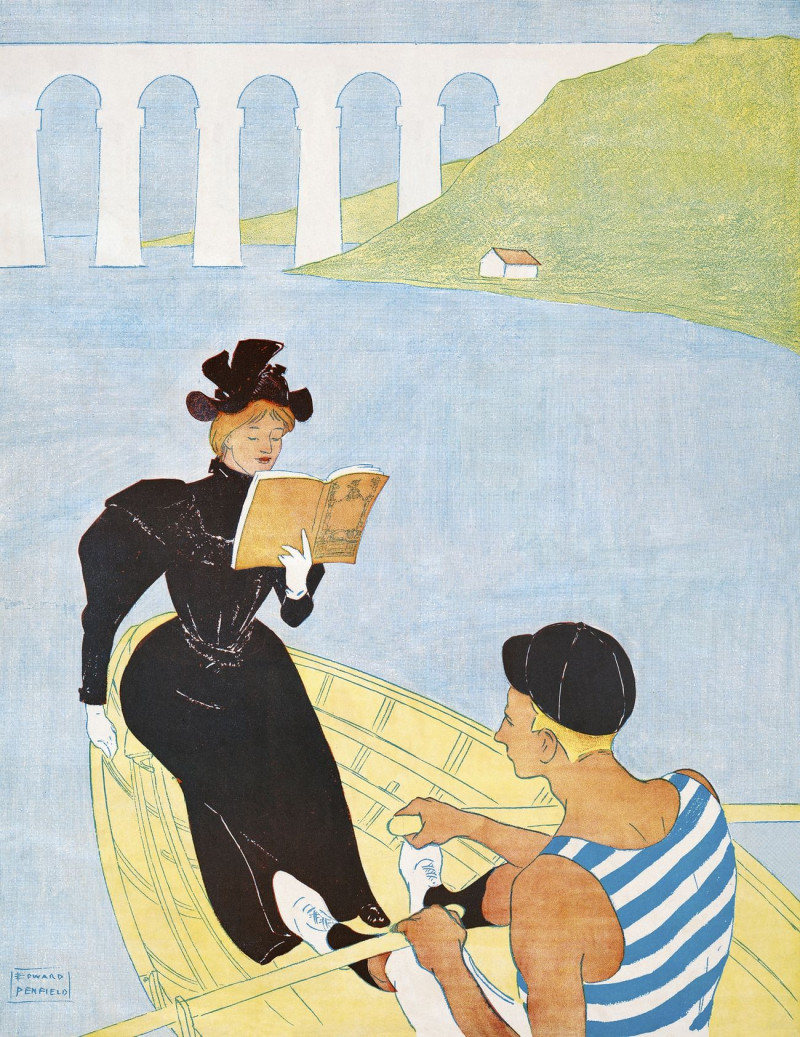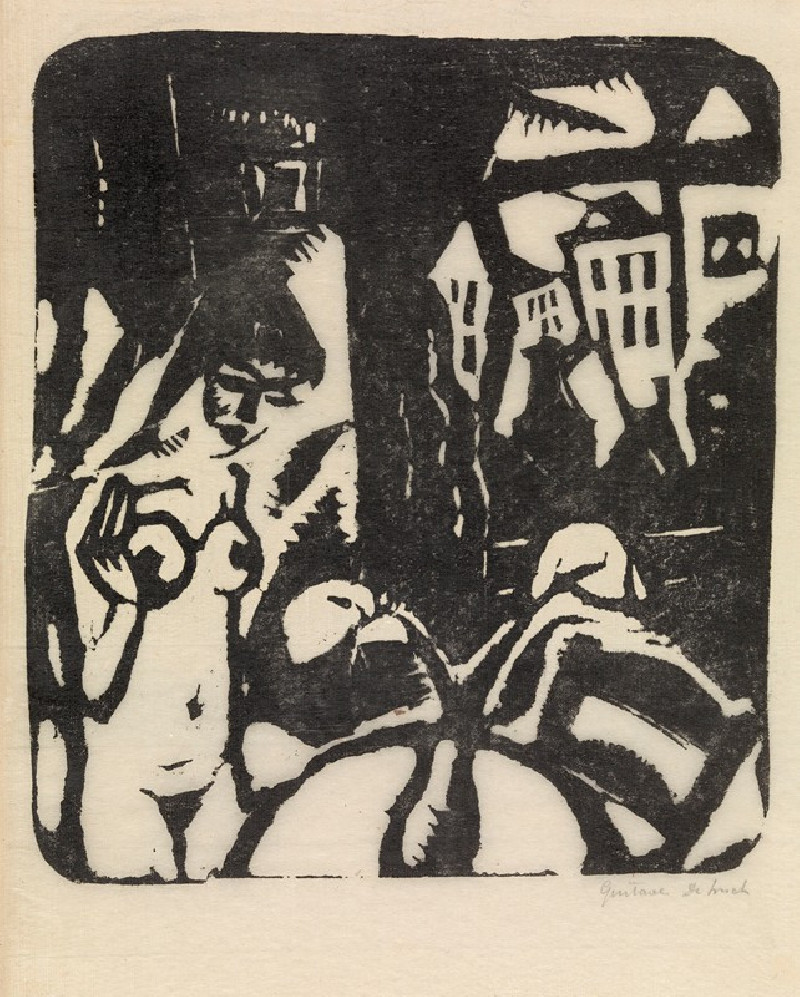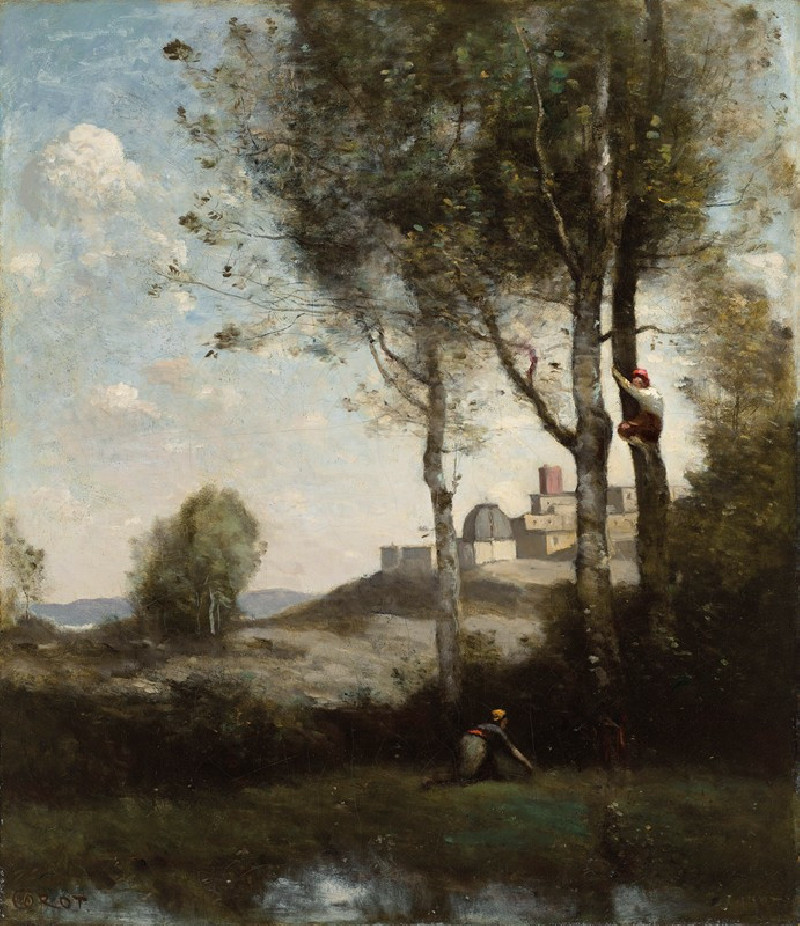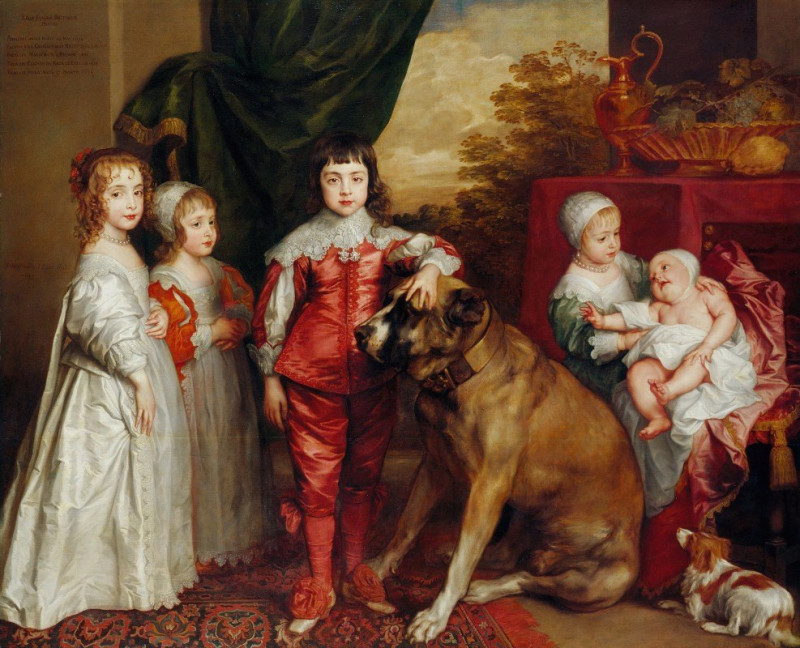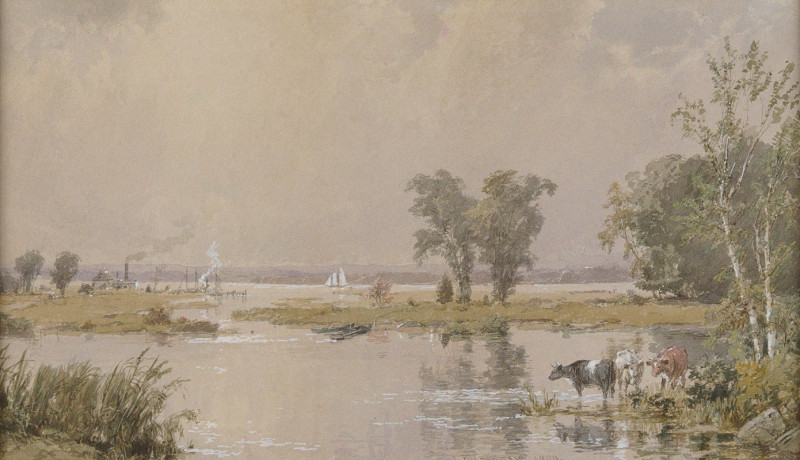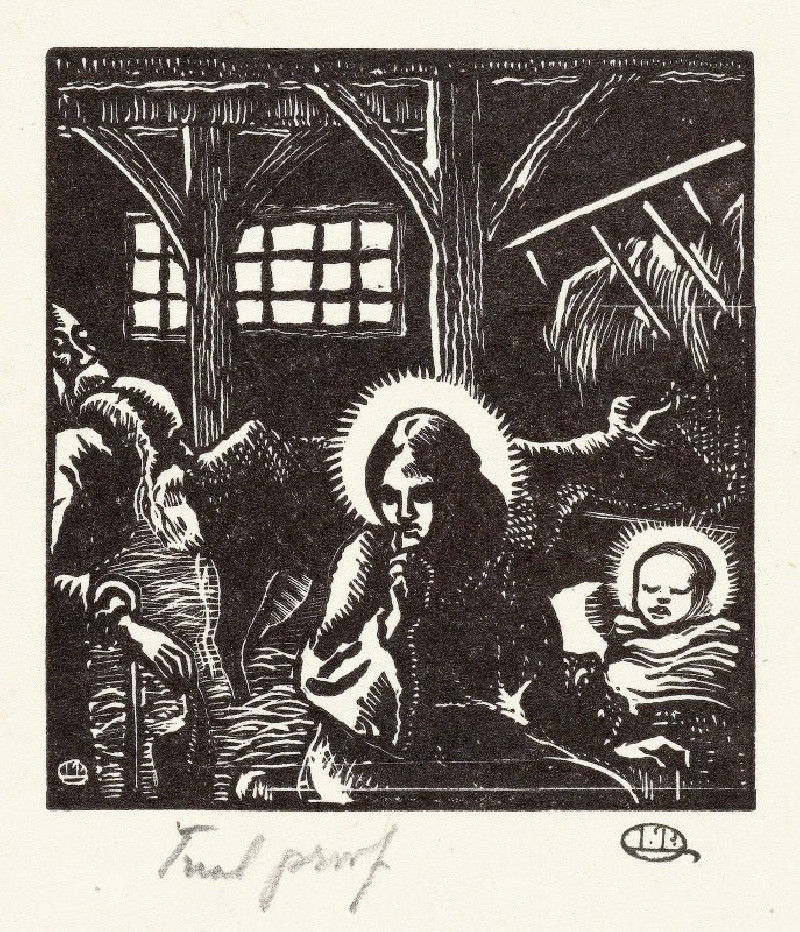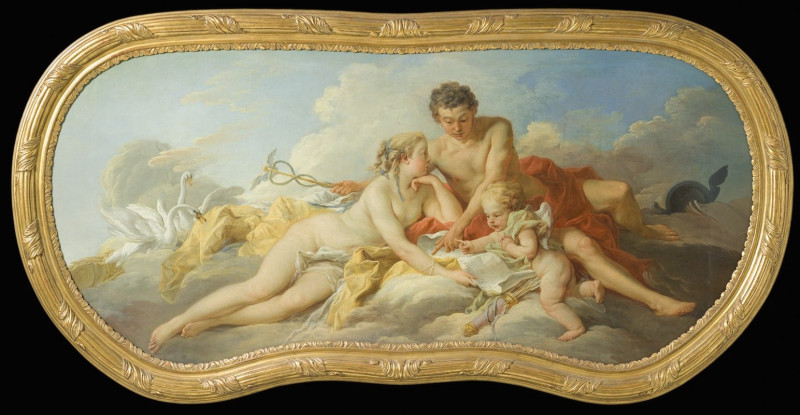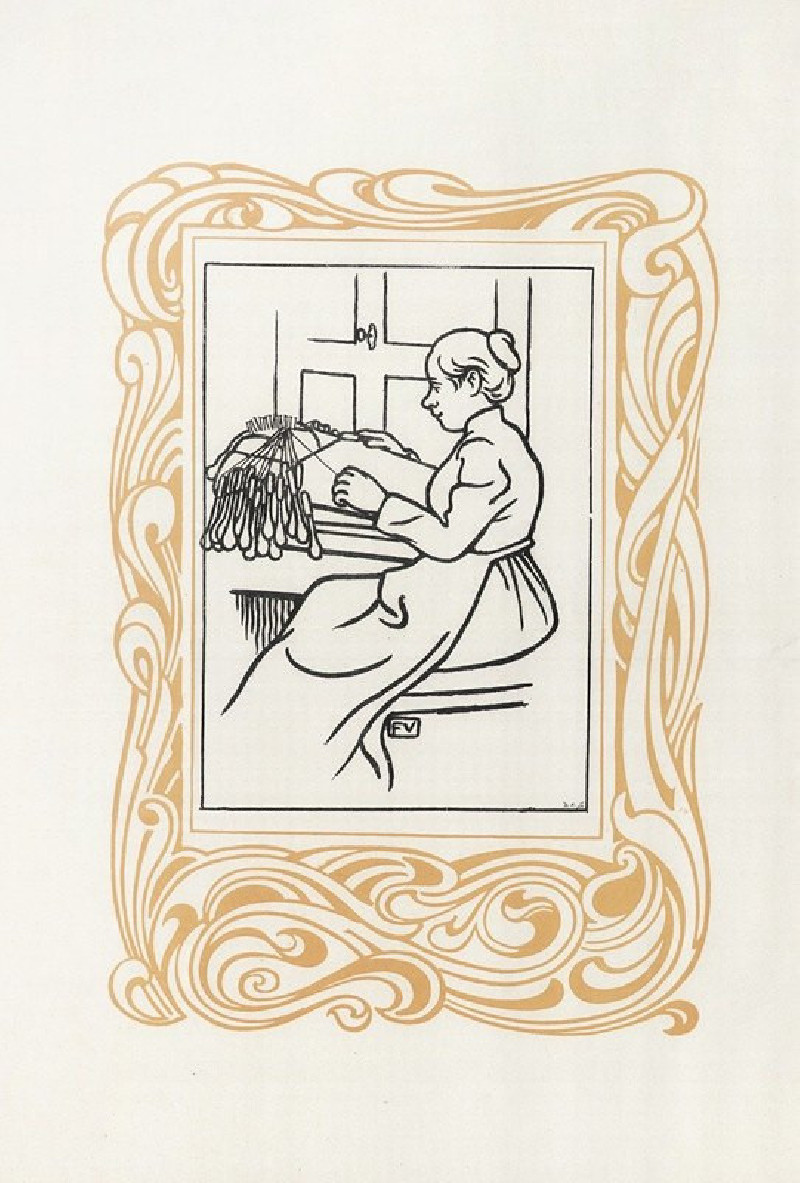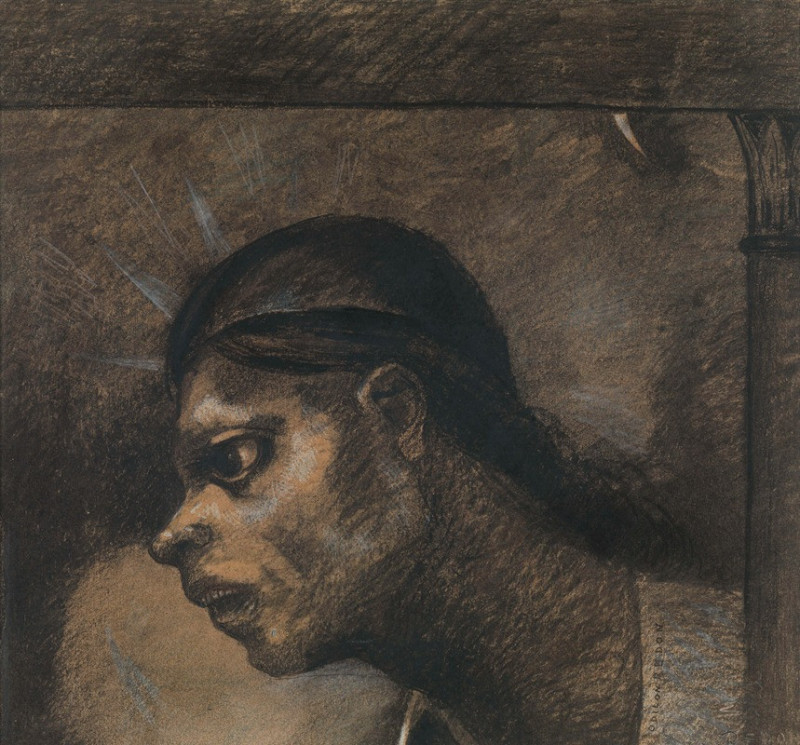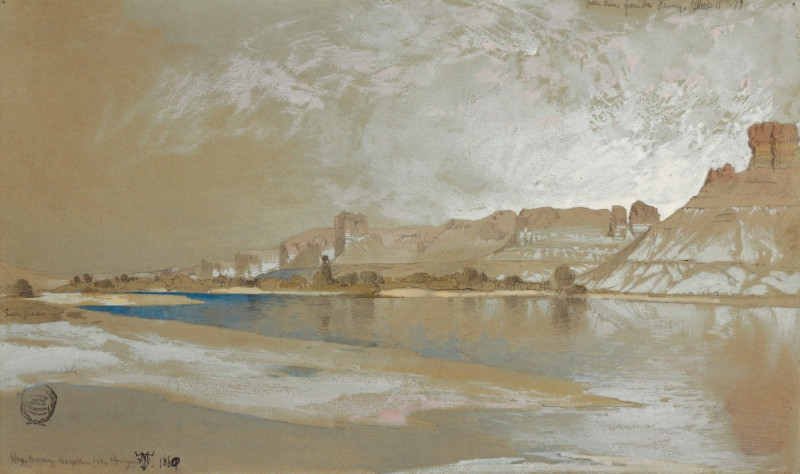Nikolai Triigi maal ‘A. Laikmaa pea’ (1913)
Technique: Giclée quality print
Recommended by our customers
More about this artwork
Title of the Piece:This introspective painting by Estonian artist Nikolai Triik, titled "A. Laikmaa pea" is a compelling portrait of Ants Laikmaa, a prominent painter and contemporary of Triik. The artwork, created in 1913, offers a glimpse into the modernist art movements that began to influence Estonian painters during the early 20th century.The portrait features a close-up of Ants Laikmaa’s face, positioned slightly off-center, with an intense, direct stare that seems to engage the viewer. Laikmaa's visage is rendered with a robust use of color and texture, highlighting his strong facial features, especially his penetrating gaze and the distinctive beard. The large, expressive eyes and the deeply set lines of his face convey a sense of rugged individualism and perhaps, the sternness of a man who has lived through and deeply contemplated the shifting tides of art and society.The background of the painting is abstract and textured, with a palette of subdued earth tones that seem to echo the colors found in natural landscapes, possibly alluding to Laikmaa's known preference for outdoor painting and landscapes. The textured effect on the canvas, including visible cracks and peeling, adds a layer of depth and antiquity to the work, suggesting the passing of time and the enduring nature of the artist’s legacy.This painting not only captures the essence of Ants Laikmaa but also showcases Nikolai Triik's skill in portraying complex emotional and psychological states through his bold, modernist approach to portraiture.
Delivery
Returns
Nikolai Voldemar Triik was an Estonian Modernist painter, graphic artist, printmaker and professor. His work displays elements of Symbolism and Expressionism.
He came from a middle-class family. After graduating from the public schools in 1901, he enrolled at the Saint Petersburg Art and Industry Academy, but was expelled for participating in a student strike during the 1905 Revolution.

